|
People of a certain vintage will have fond recollections of Popular Science, a U.S. magazine whose history dates back to the 19th century but is best known for its 20th century mission of publishing scientific articles aimed at a curious but non-scientific audience. Like all print-based publications, Popular Science has changed over the years and is known in the digital world as PopSci. Interestingly, PopSci is one of several science sites geared toward a general audience that republish articles from The Conversation. Others include IFLScience, Live Science and Inverse.
Our publishing analytics show science stories are consistently among our most-read articles, a clear indication the public has an insatiable appetite for interesting – and even quirky – science stories. So for your reading pleasure this weekend, I’ve gathered some of the most-read popular science stories recently published by The Conversation – stories that answer questions like how intimacy and sexual needs of future astronauts will be met and how sex dolls are helping turtle researchers (and, if you do nothing else this weekend, I implore you to watch the video that accompanies that story).
Have a great weekend and we’ll be back in your Inbox on Monday.
|
Popular Science Stories
|
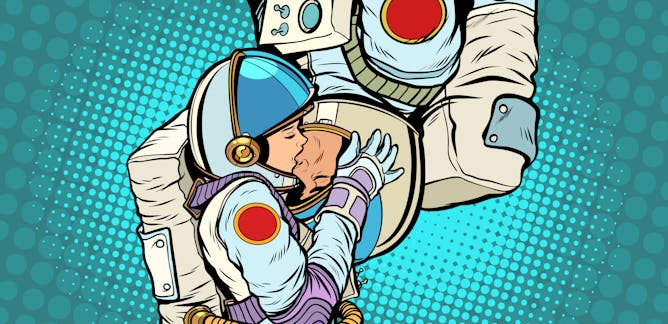
Simon Dubé, Concordia University; Dave Anctil, Université Laval
Sex technologies and 'erobots' could help address issues related to human desire, and physical and emotional needs of astronauts in space.
| |

Jon Willis, University of Victoria
New research using the Hubble Space Telescope reveals that galaxies may be forming at faster rates than previously believed.
|
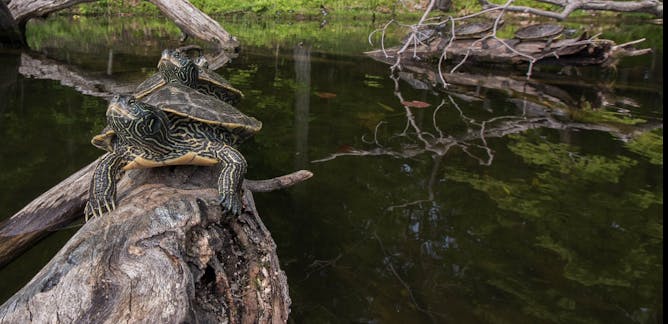
Grégory Bulté, Carleton University
New technologies are revealing more about the secret lives of underwater turtles. Using underwater cameras and 3D printing, researchers are learning more than ever before.
| |
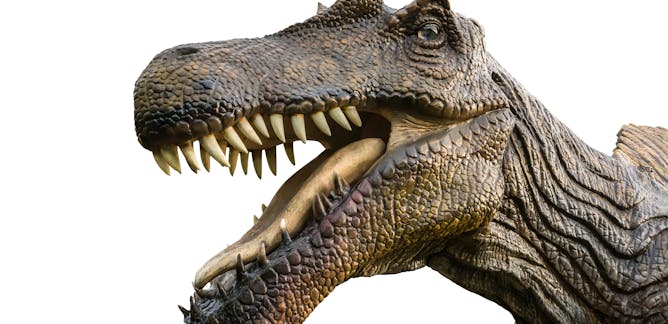
Femke Holwerda, Utrecht University
Teeth can reveal a lot about diversity when they are reasonably well-preserved.
|
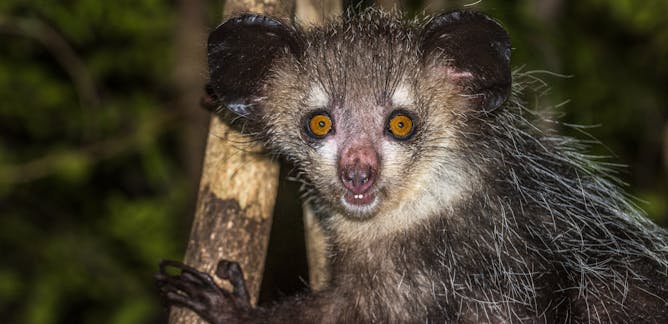
Adam Hartstone‐Rose, North Carolina State University
Previously undocumented, this tiny extra digit – called a "pseudothumb" – is a structure on each wrist made of bone and cartilage.
| |
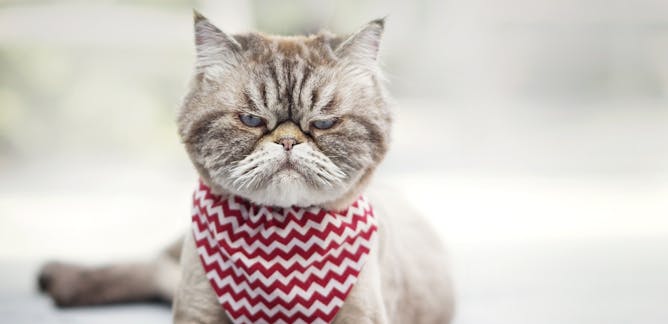
Lauren Dawson, University of Guelph
Research suggests that people can learn to read cats' facial expressions.
|

Carolyn Kaloostian, University of Southern California
Leaving your coat at home on a cold winter day doesn't automatically mean you're going to get sick. But it could make you more susceptible to germs.
| |
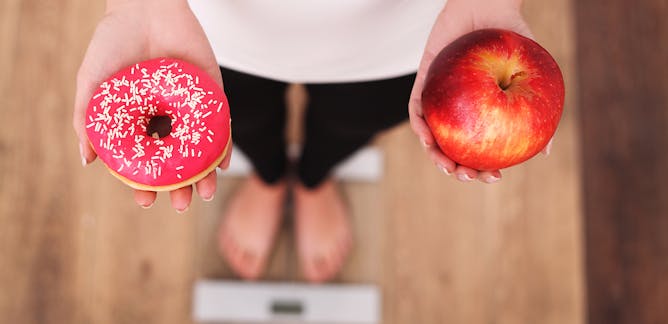
Eyal Winter, Lancaster University
We don't always realise it, but emotions play a positive role in decision making.
|

Parashkev Nachev, UCL
When it comes to love, science has not yet got it right. And there's a wonderful reason why.
| |
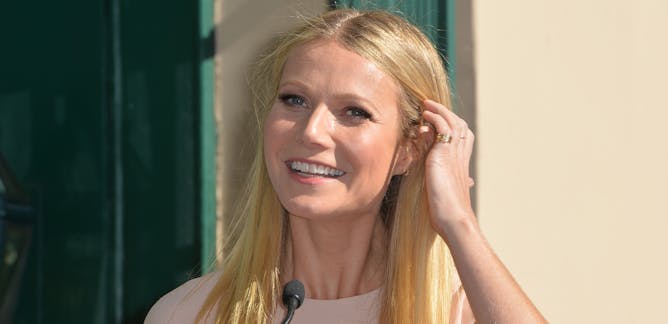
Timothy Caulfield, University of Alberta
Gwyneth Paltrow's new Netflix series, The Goop Lab, raises serious questions about the spread of health misinformation as well as the conflict of interest the show represents.
|
|
|